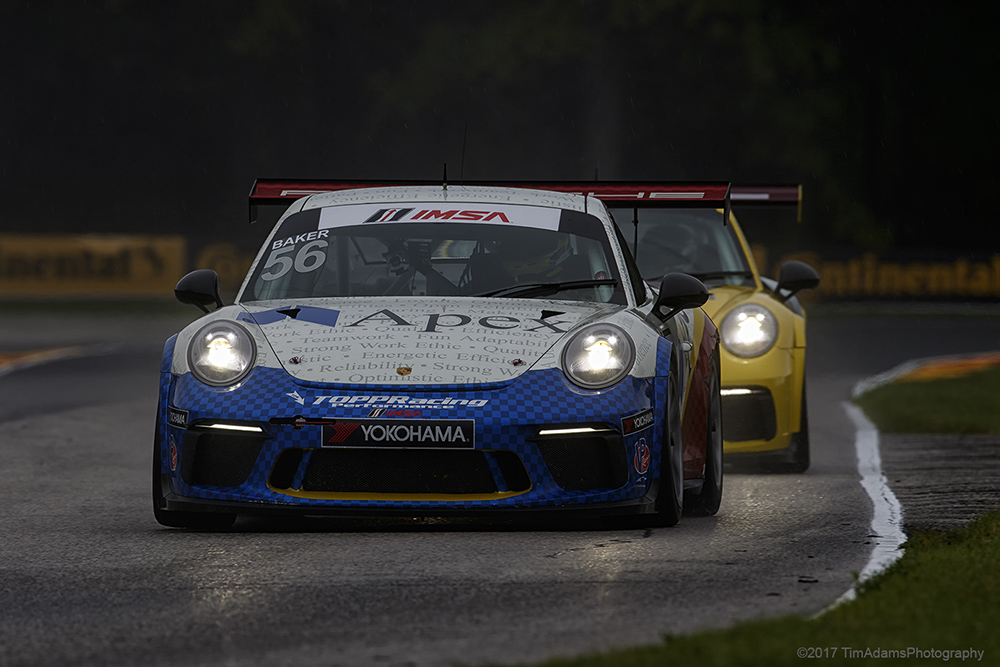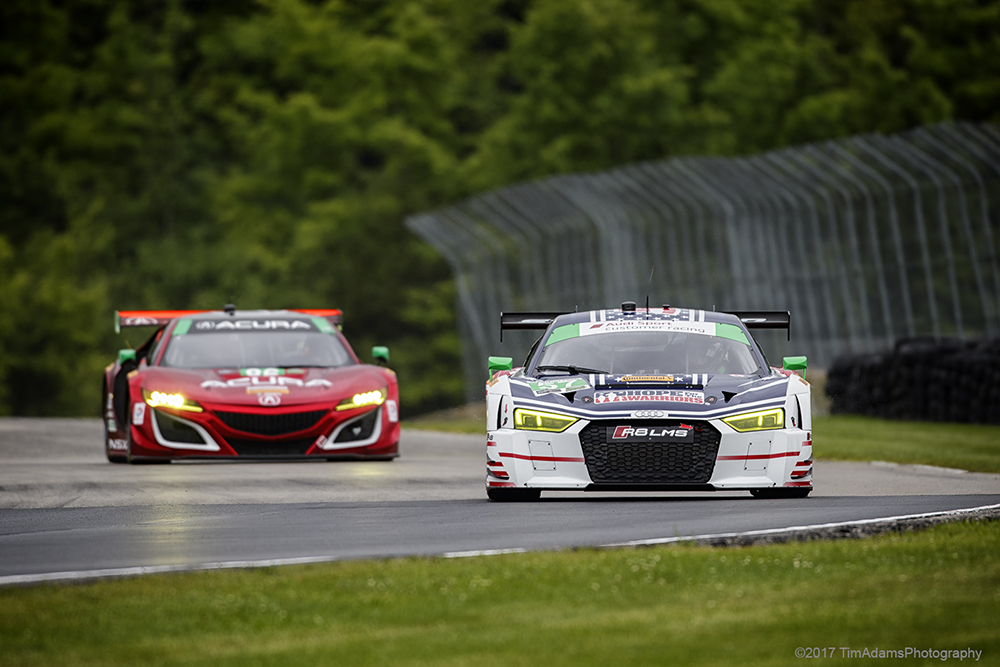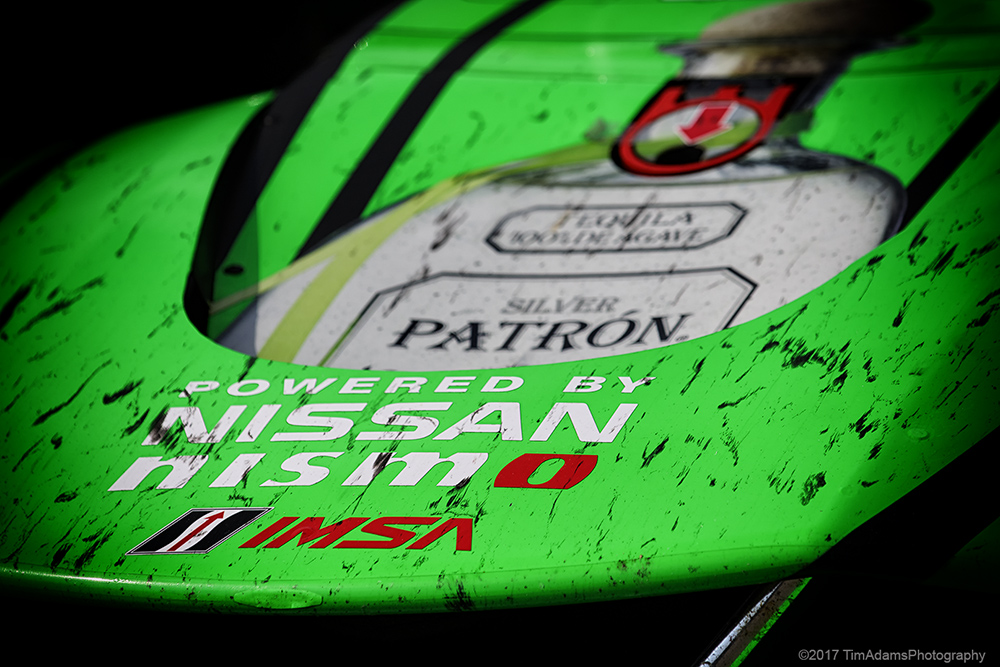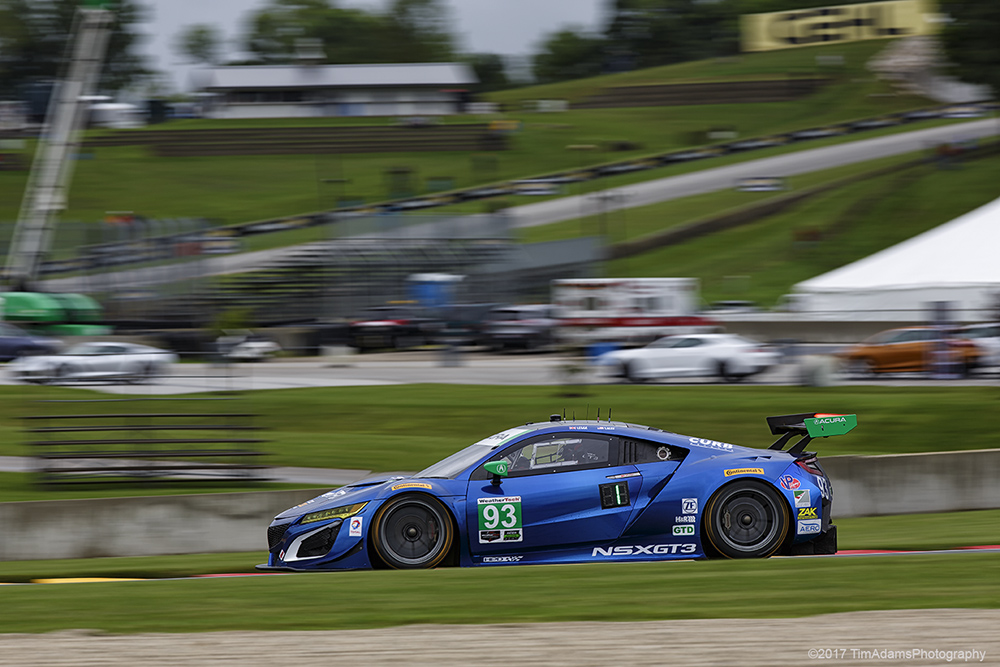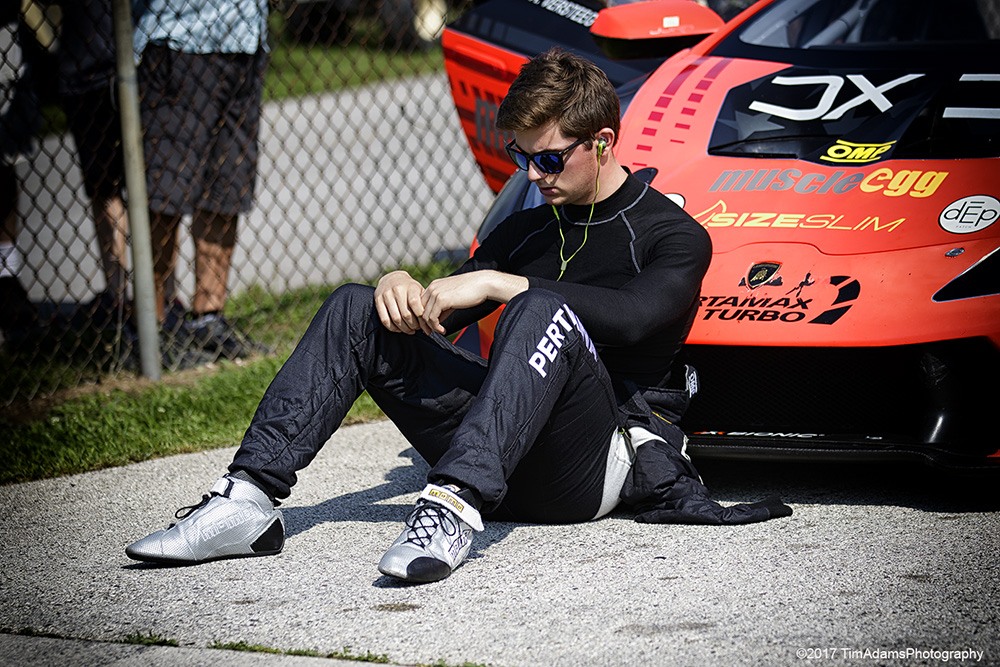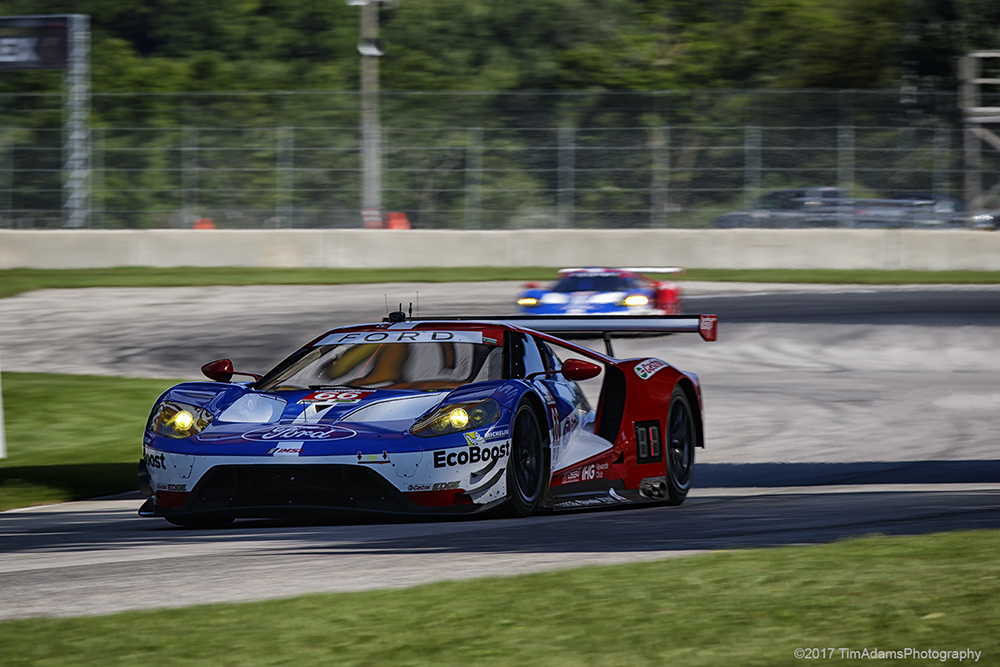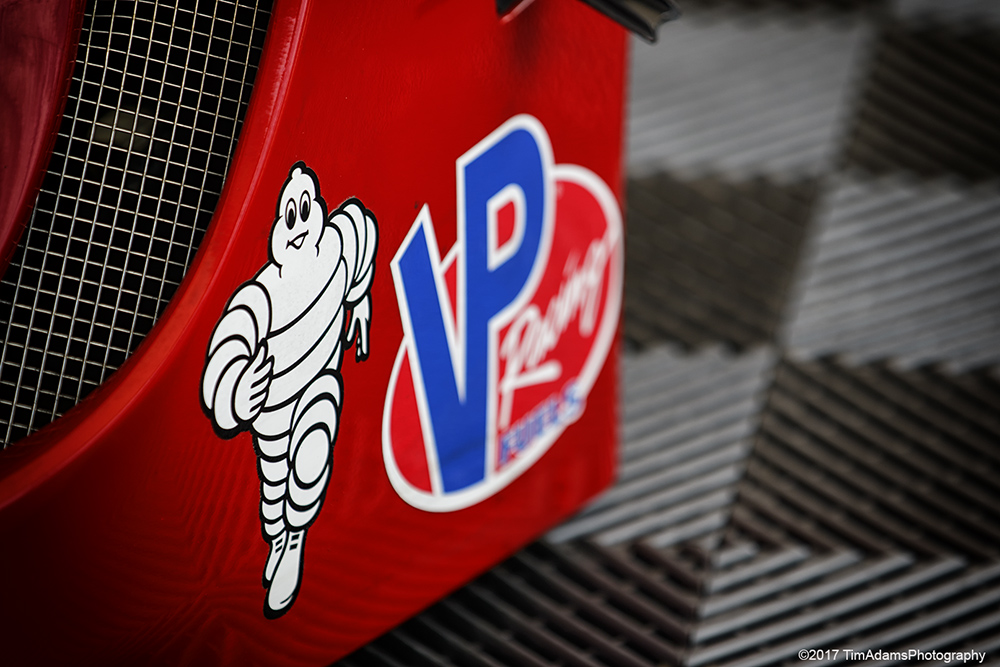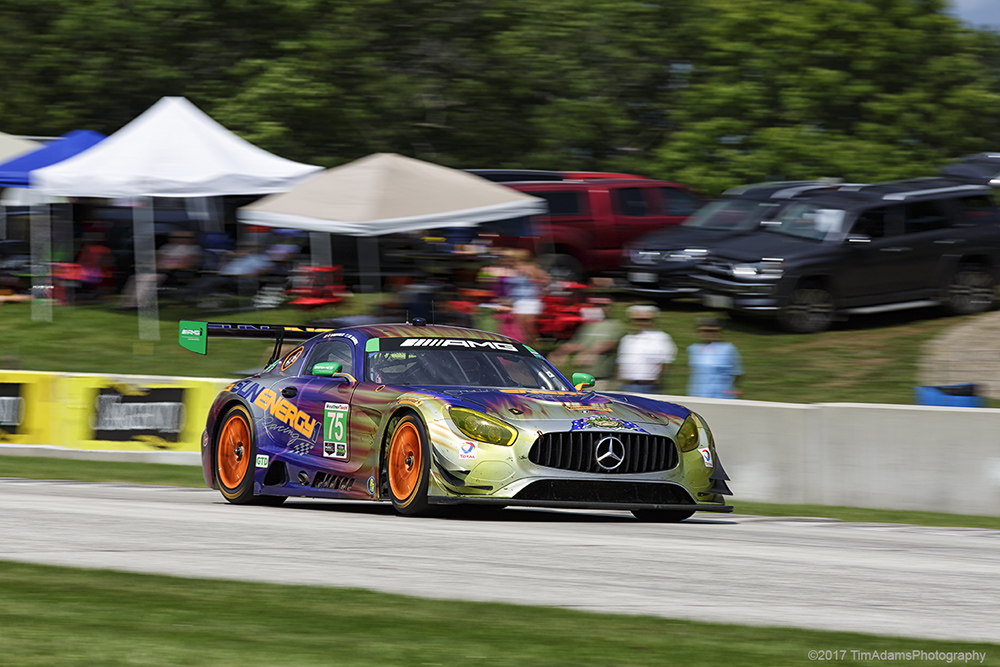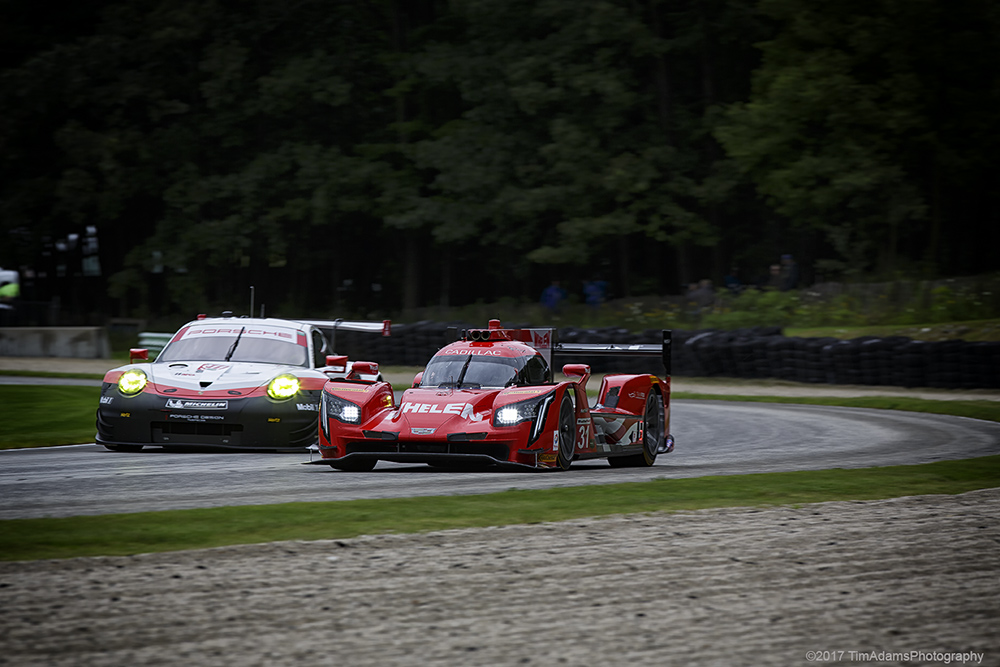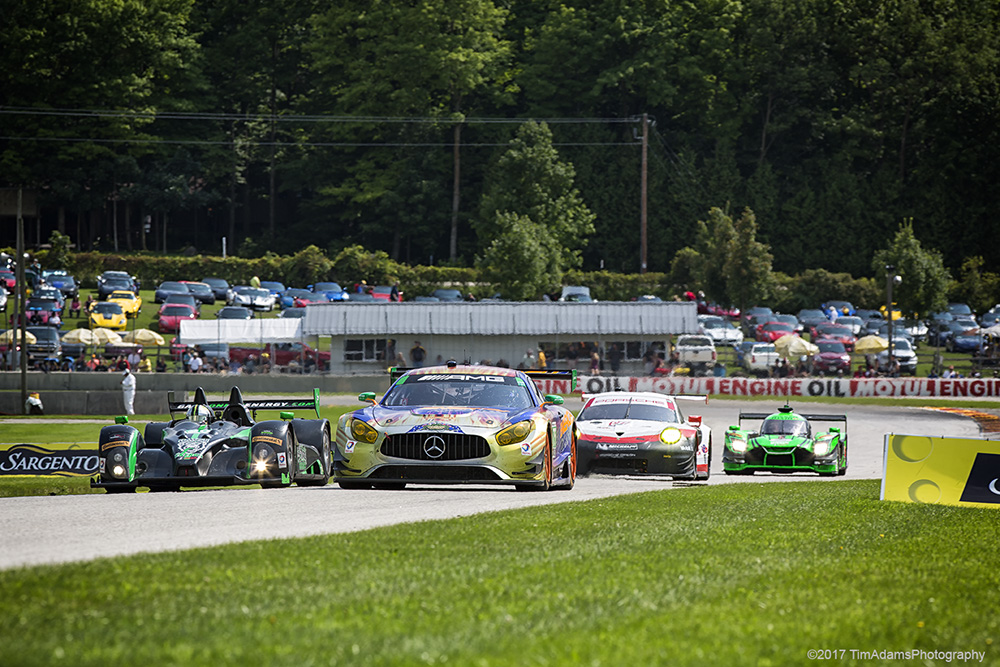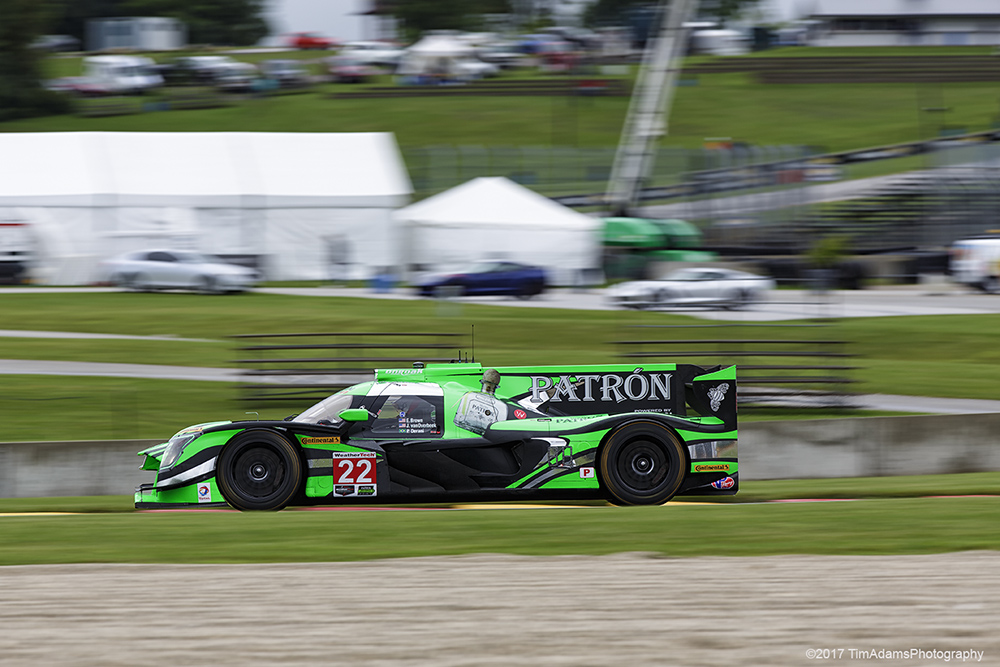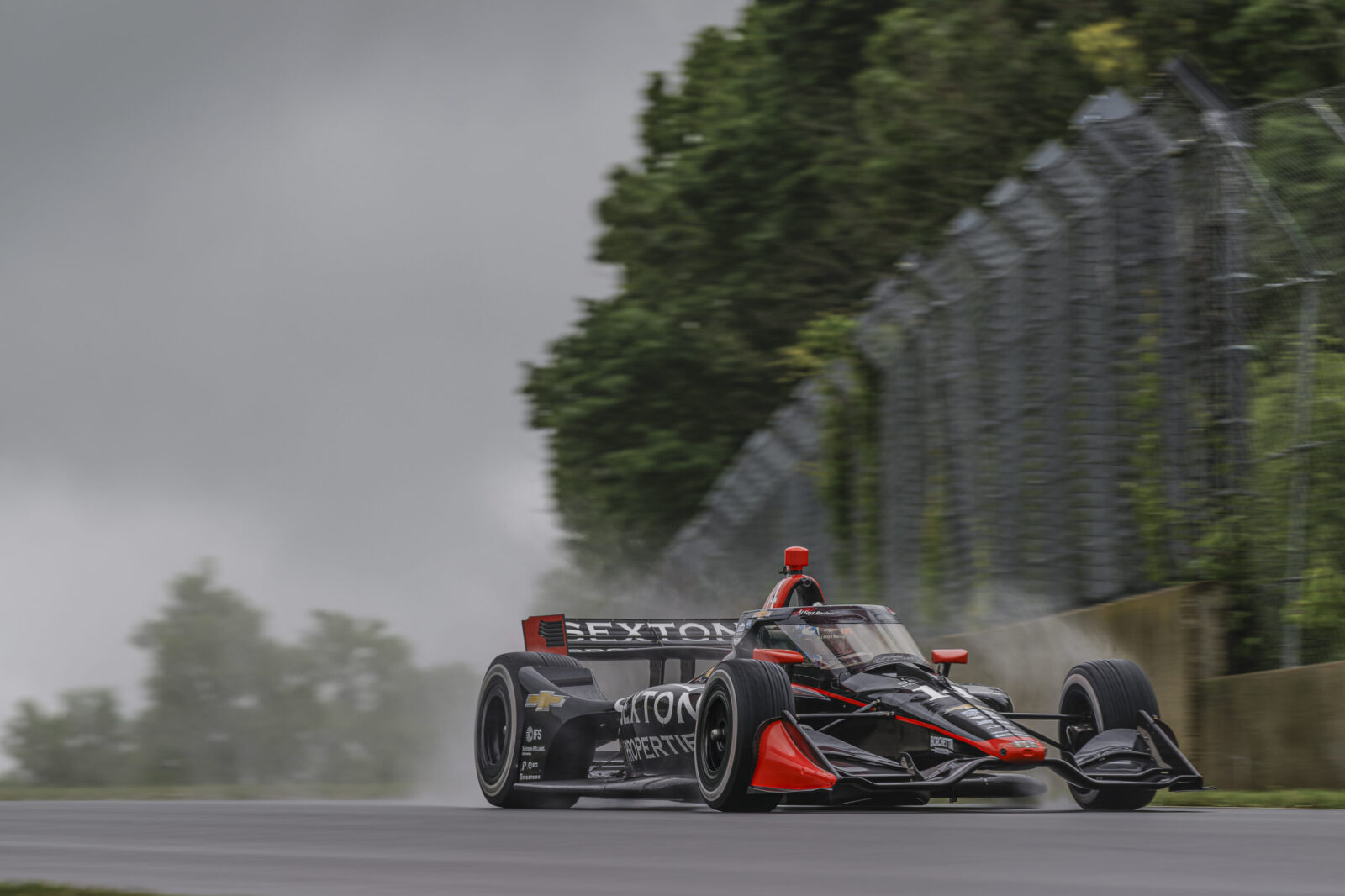Story and photos by Tim Adams
Open wheel and IndyCar fans get their fix early in the summer at Road America. When the first weekend in August rolls around, it is time again for sportscar racing fans to descend on Road America, for the Continental Tire Road Race Showcase. The four-day weekend offers something for everyone who enjoys sportscar racing.
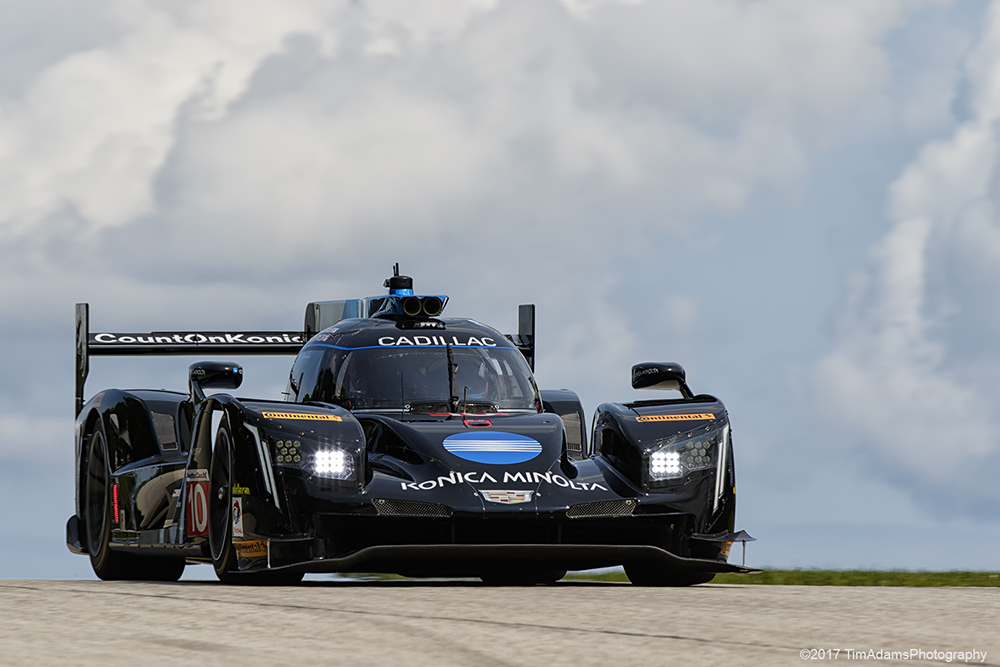
First off, we had the Porsche GT3 Cup Challenge USA by Yokohama. The series consists of semi-pro and aspiring pros, all driving the Porsche 911 GT3. The series is divided into two classes, Platinum Cup which features the 2017 911 GT3, and Gold Cup, with drivers competing in the 2014-2016 911 GT3. All if the cars are pretty much the same with the tight rules, so the racing is very good.
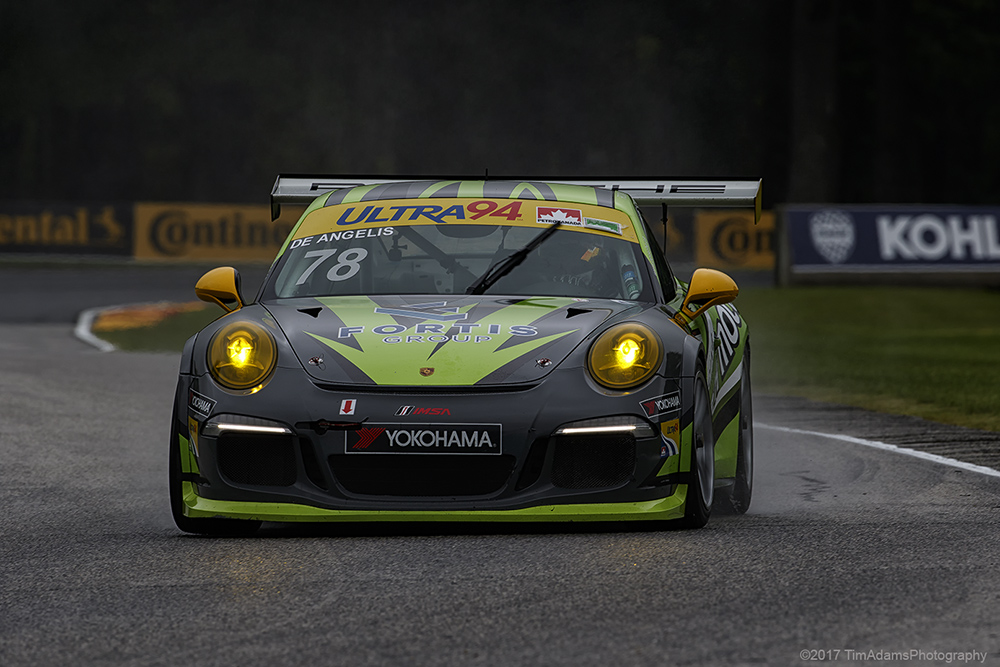
Next up was the Lamborghini Super Trofeo racers. All of the cars are Huracan LP620-2’s. They all have magnificent sounding 620hp V-10’s that rev to over 8,000rpm. This series again features semi-pro and pro drivers looking to make a name for themselves and possibly move up into the larger series.
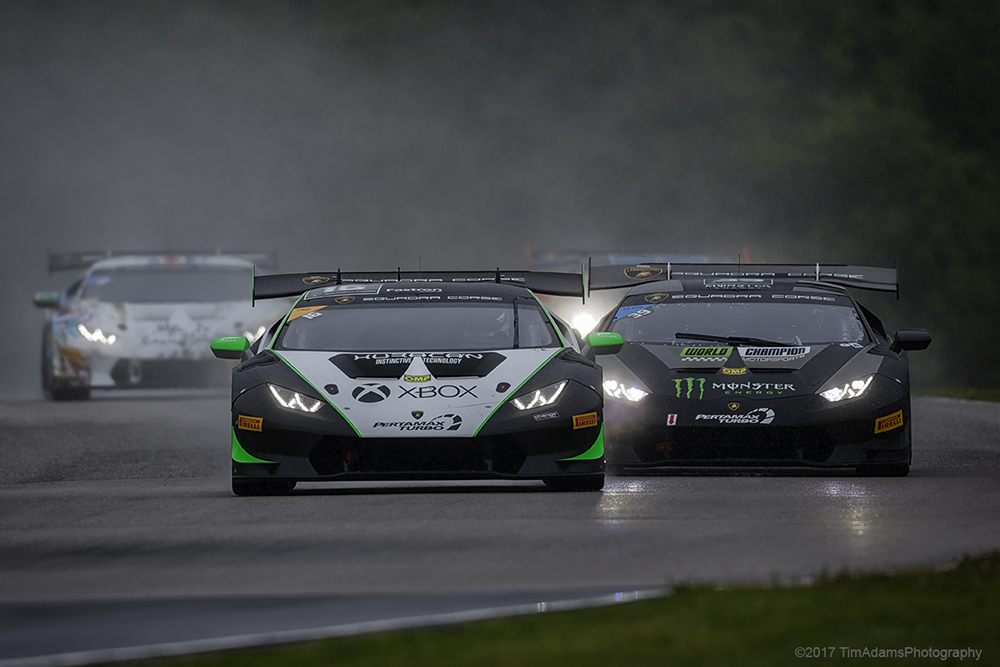
Up next is the IMSA Continental Tire Sportscar Challenge. A mouthful for sure. Most just refer to the series as CTSC. Fans can really identify with the series since the cars look like they just came off the showroom floor. There are modifications made for racing of course, but they all would look very nice parked in your driveway at home! There are two classes, Grand Sport (GS), and Street Tuner (ST). There are at least two drivers per team, and they must each drive the car during the race. It is a mixture of Pro and Pro-Am driver combos. You will see everything from the Mustang GT4 to the Mini Cooper racing each other.
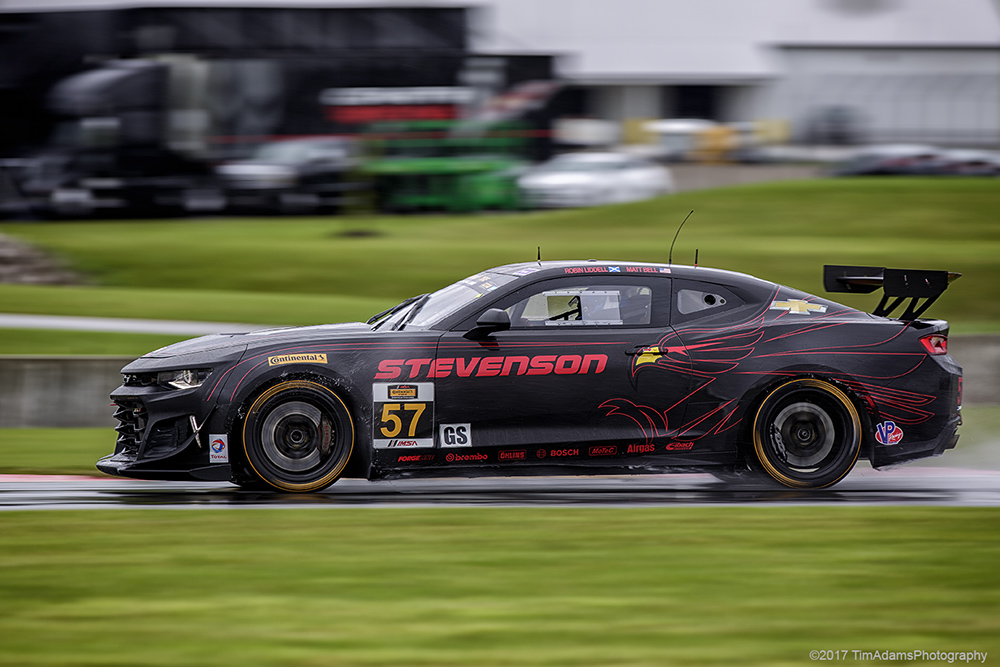
The main draw of the weekend is the WeatherTech Sportscar Championship. This is where the Prototypes and the factory backed race teams all run. Four classes are featured.
First up is Prototype (P). It is a mix of Daytona Prototype international (DPi) and LMP2 cars. LMP2 cars race at the 24 Hours of Le Mans and are the second tier of prototype in the FIA World Endurance Championship (WEC). Dpi cars cannot race at Le Mans, they don’t fit into the WEC rules. In America, IMSA has tried to mix LMP2 and DPi together as one top prototype class. This is the first year for Dpi, and the results of trying to mix the two together and race for the overall win has not been easy. Up until this race, won by the Nissan Tequila Patron Dpi, every race had been won by a Cadillac Dpi. The Cadillac features a naturally aspirated American V-8, while the Nissan DPi, and other LMP2 cars are powered by much smaller six and four-cylinder turbocharged engines. Each team features at least two pro drivers, and each must drive during the race. For the longer races the teams will add a third and sometimes even a fourth driver to the mix.
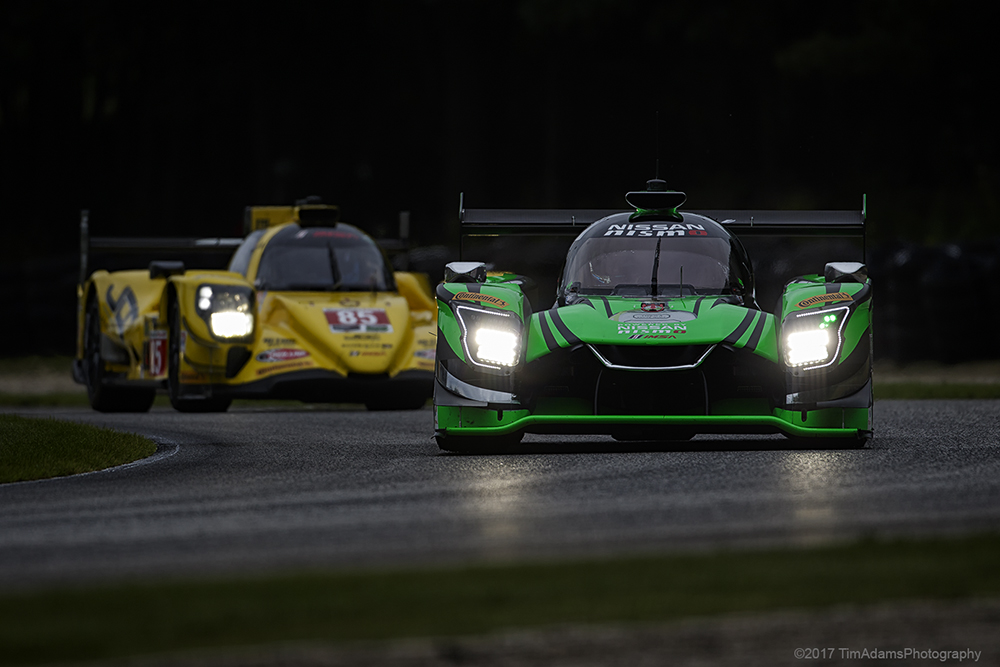
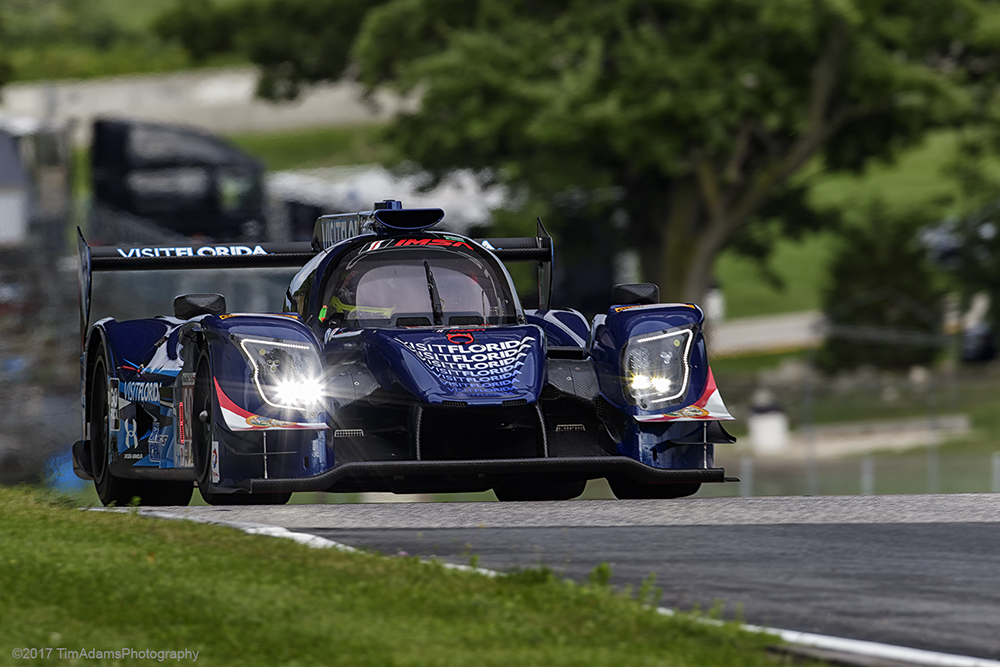
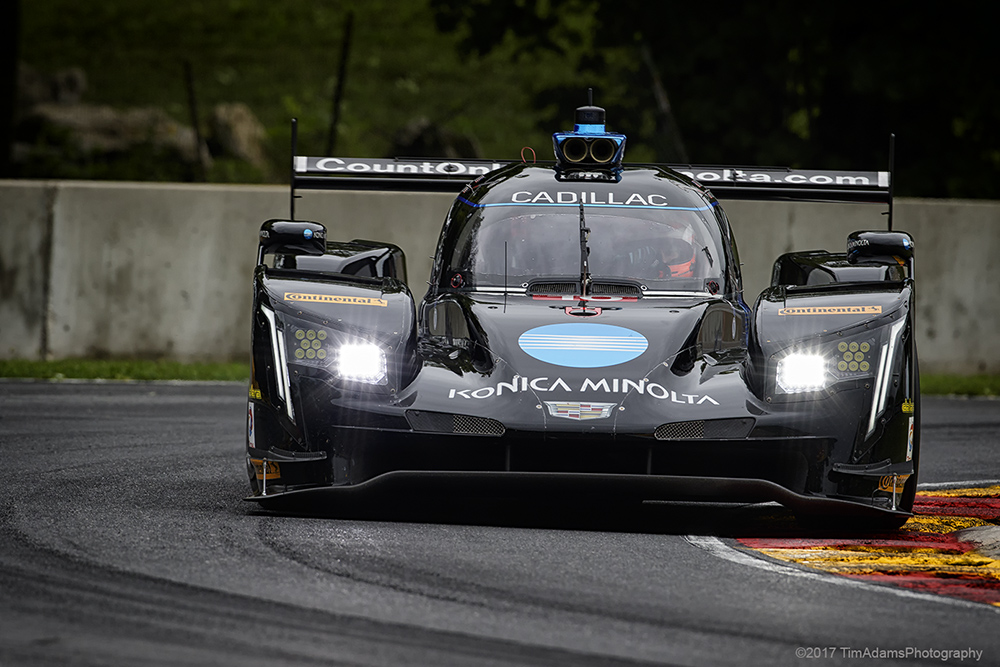
Prototype Challenge (PC) is a spec class with open top racers. This class was added back when the American Le Mans Series (ALMS) needed cars to fill up its grid when the factory prototype teams started to leave the series. The class has run its course and this is the last year it will run. Only three cars showed up to race in this class.
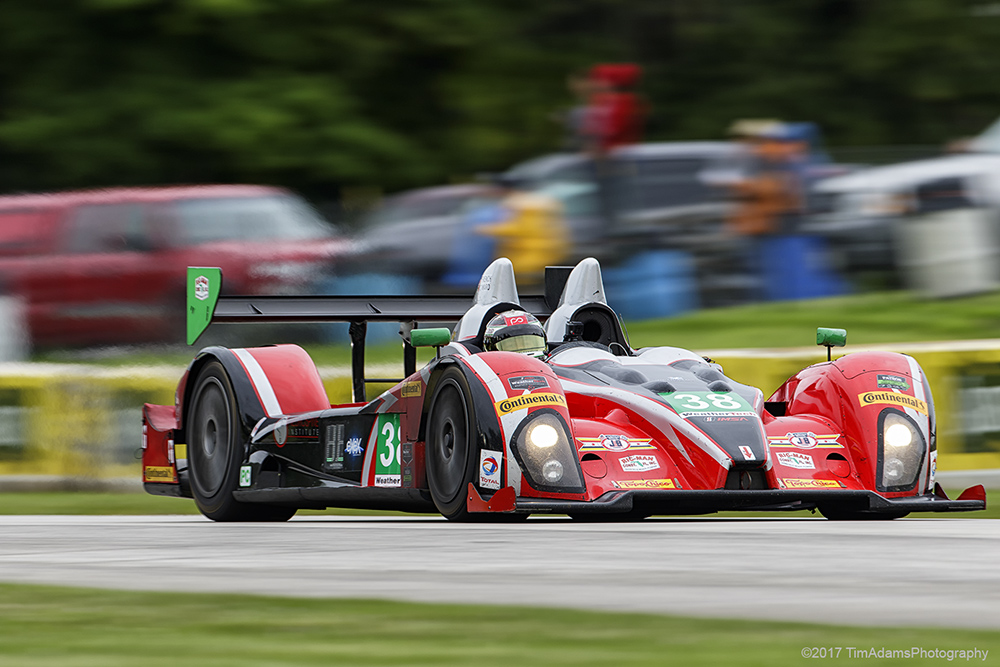
GT Le Mans (GTLM) is an all professional class that is filled with factory backed teams. All the drivers are professional, and all the cars can race at Le Mans. Continental is the lone tire sponsor for the series, but in GTLM the teams can run any tire they want. They all run Michelin. This year there are four factory backed teams competing. GM with the Corvette C7R, BMW with the M6, Ford with the GT, and Porsche with the 911 RSR. This class produces some of the most incredible racing you will ever see. IMSA tries to keep the cars and closely matched as possible. Each team features two pro drivers, and each much drive during the race. Additional drivers will be added by the teams for the longer endurance races.
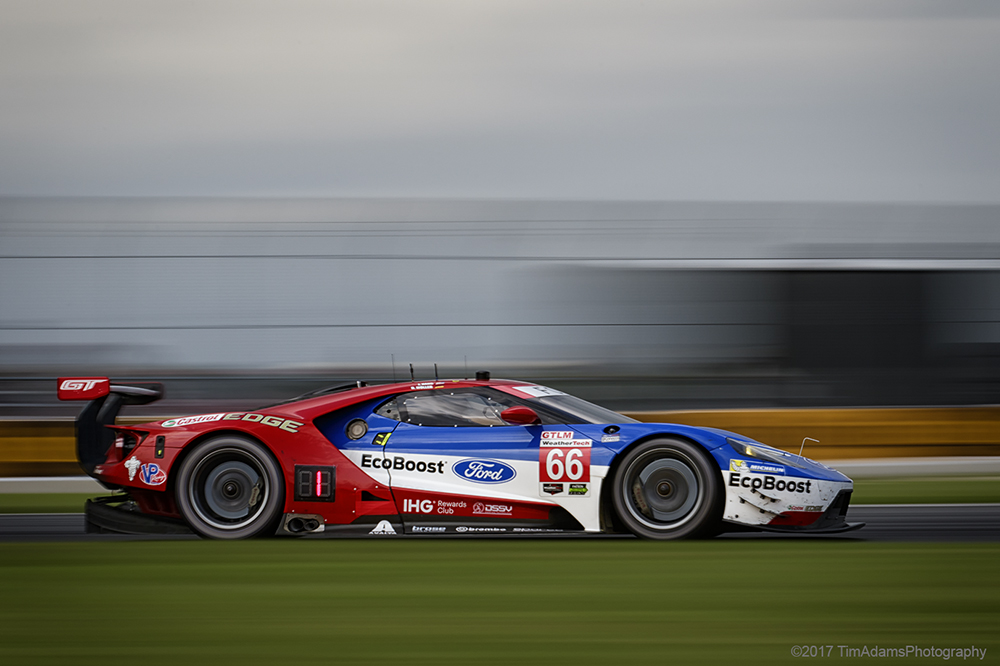
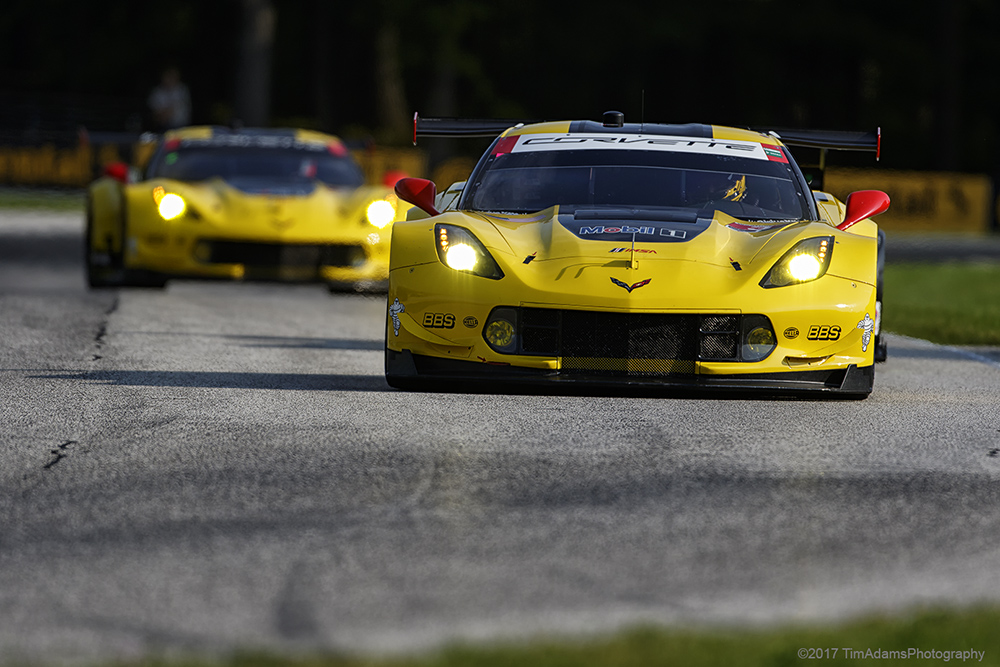
The final class is GT Daytona (GTD). The cars are very similar to their GTLM cousins, but they have much less downforce and don’t handle as well, or corner as quickly as the GTLM cars. The teams feature Pro-Am two driver combinations. Additional drivers will be added by the teams for the longer endurance races. These cars are not eligible to race at Le Mans. There are no factory teams in GTD, except for Honda this year with the new NSX. This is a one-year deal only to let Honda get back into sportscar racing. Next year they will be making the NSX available for teams that want to race it. This class has seen amazing growth with cars from the likes of Honda, Mercedes, Lexus, Lamborghini, Porsche, and Audi competing.
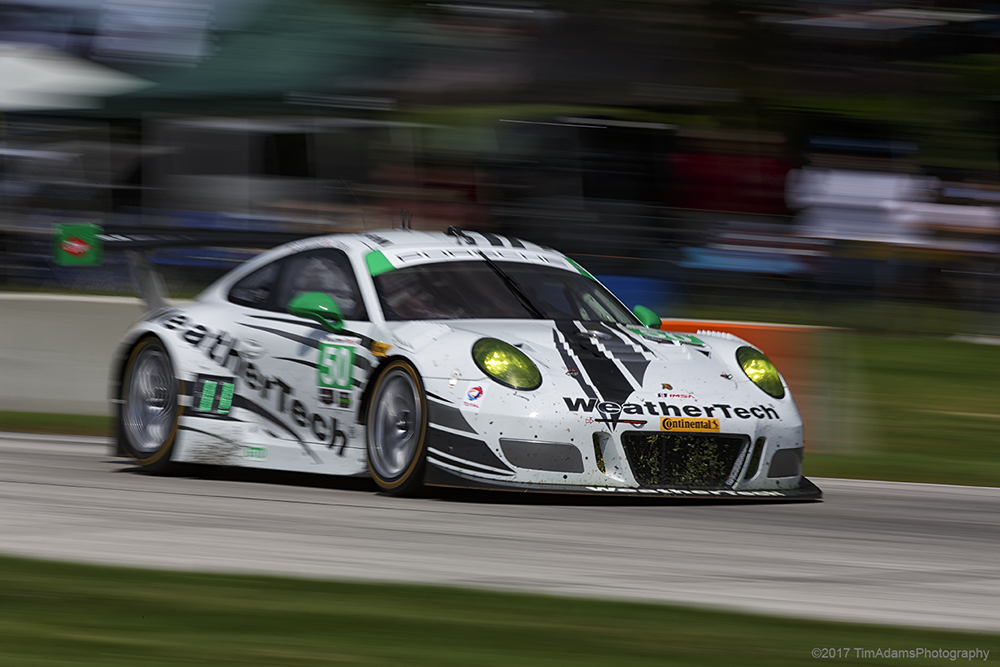
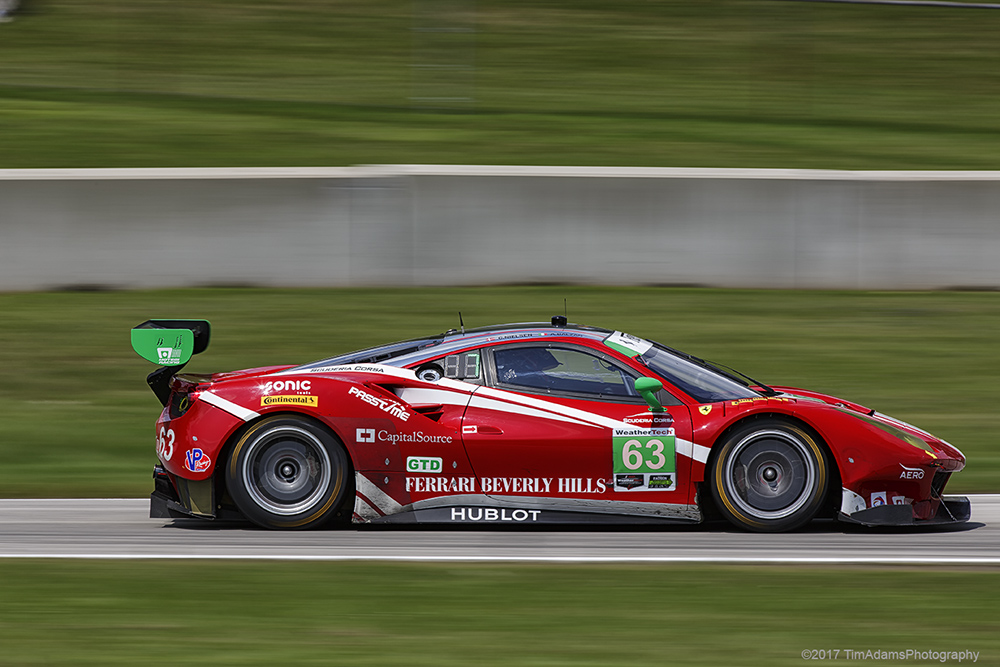

You might be asking yourself, with all these different brands, engines, pro, amateur drivers, how can IMSA keep the racing close? IMSA as well as series like WEC in Europe, use something called Balance of Performance, more commonly referred to as BoP. This is a topic that fans love to hate, and you will see furious fans posting on social media if they think the BoP is not fair to the team they follow.
What IMSA will do is add, takeoff weight, raise and lower turbo boost levels, increase or decrease air inlet openings, all the interest of giving every team in each class a chance to win. This might sound like spec racing, but it is a necessary evil. If IMSA were to let the teams just run unrestricted, it becomes a race to see how much money a team can spend. Whoever spends the most wins. This formula never works. The smaller budget teams soon see the writing on the wall, they cannot spend the money to win, sponsors do not get exposure, and teams leave the series.
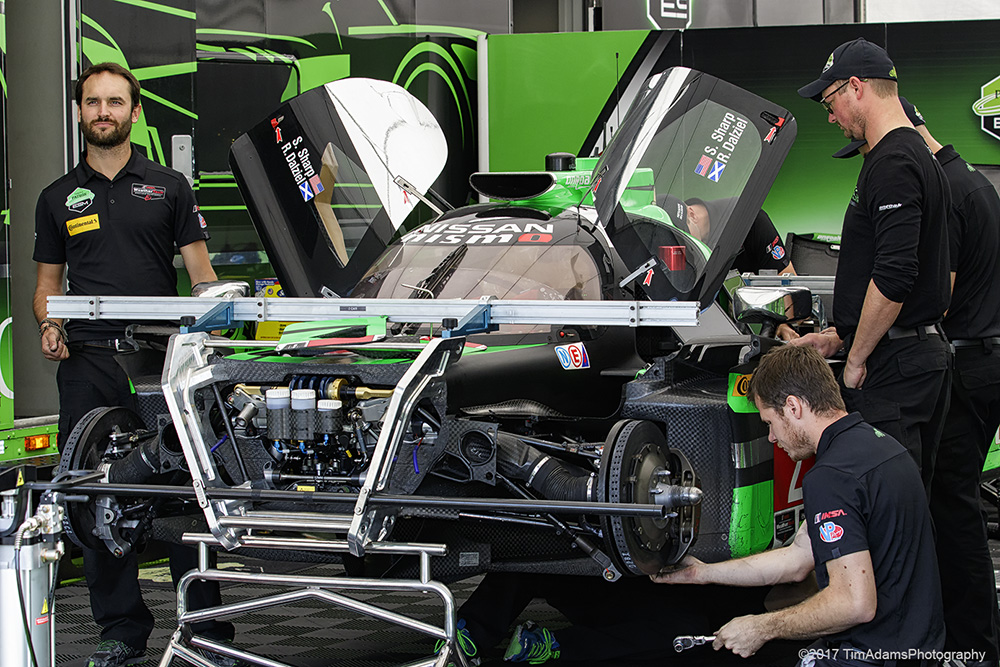
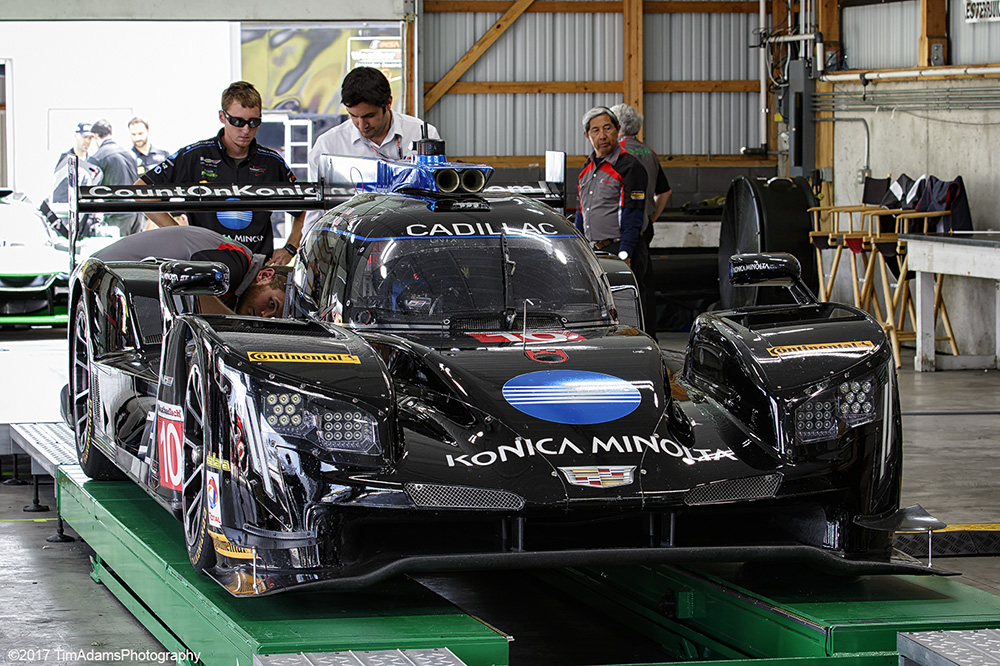
Now there have been more than a few times when the BoP has left fans scratching their heads. This was one of those weekends. In Prototype and GTLM the pole winners were over one second faster than the second-place qualified car. This cannot happen for obvious reasons. Fans want to see their favorites have a chance to win. It is a very tough job to get BoP right, but IMSA tries their best and will adjust it race to race when glaring differences arise.
One of the great things about sportscar racing is the ability of all the racers to race in the rain. Well that was put to a test this weekend. Thursday is a test day, that was almost a total washout this year. Road America received over three inches of rain in a little over two hours. Portions of the track and grounds were overwhelmed. The track staff did a masterful job of getting the track ready for Friday which again featured more rain, but the show when on as scheduled. On Saturday, it rained again late in the day during the CTSC race. The race had to be called due to lightning in the area for both the safety of the spectators and track personnel. Sunday featured a chance of rain the entire day, but it held off until the race was over.
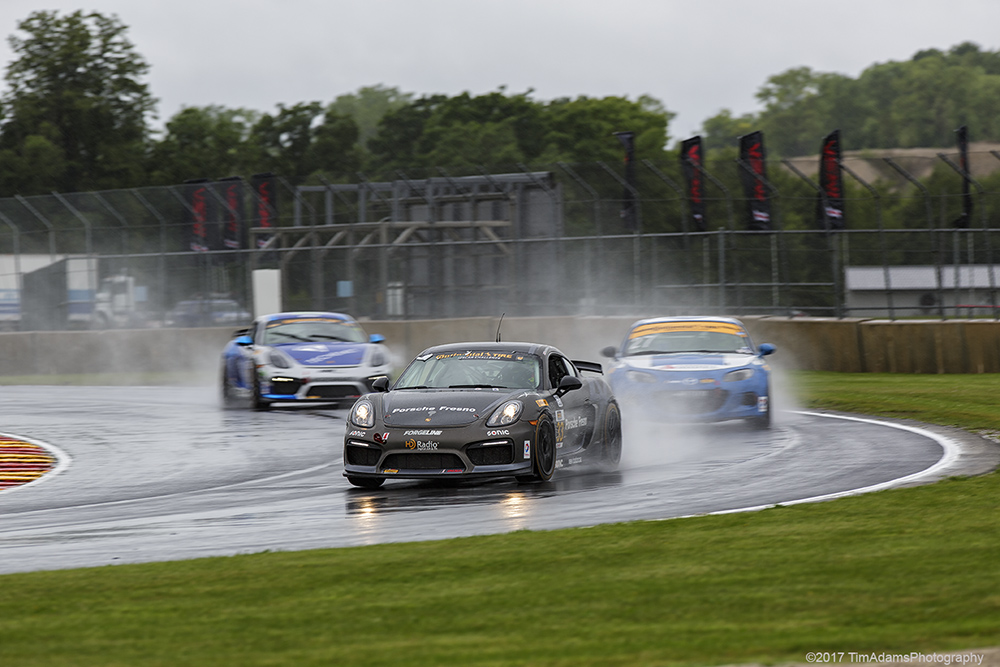
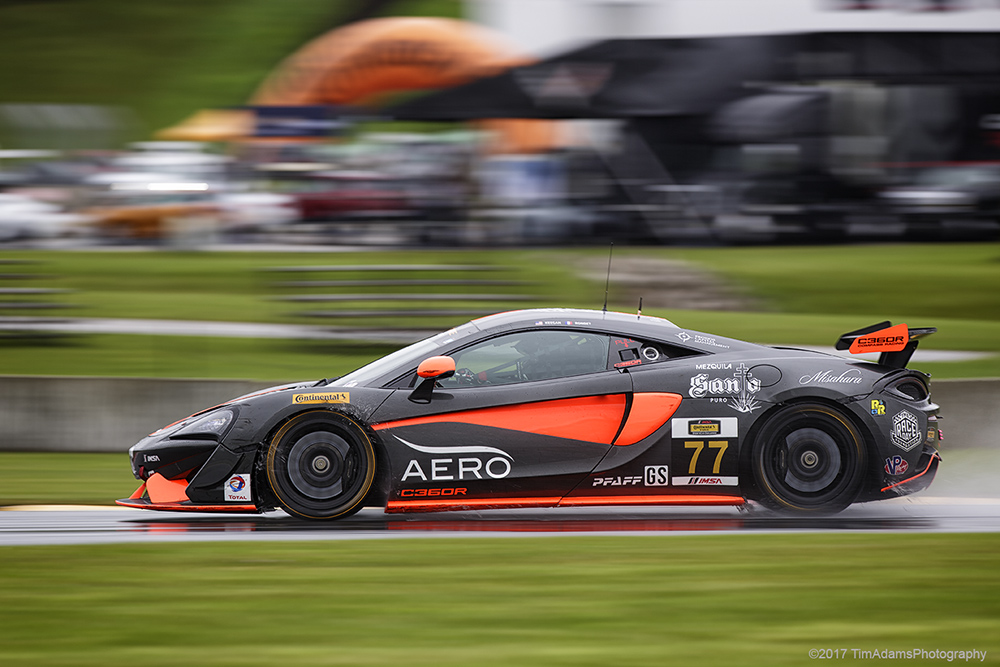
The weekend also featured the announcement to the 2018 WeatherTech Sportscar Championship schedule. The big highlight was the return of the series to Mid-Ohio, which fans had been clamoring for. There are big things happening in the Prototype class for 2018 also. For all that news and more, you will have to wait for my report from the final race of the season, the 10 hour Petit Le Mans at Road Atlanta.
